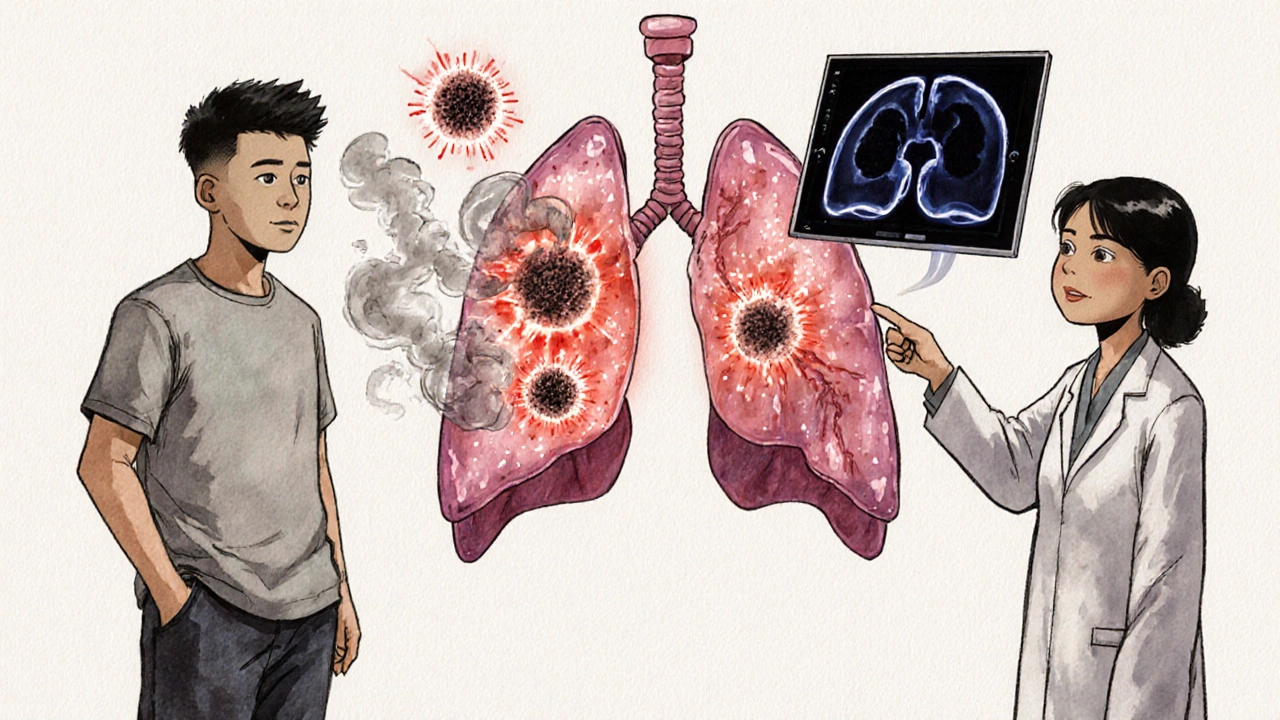When your lungs are damaged by COVID-19, recovery doesn’t end when the fever breaks. lung rehabilitation after COVID, a structured program of exercise, breathing techniques, and education designed to restore lung function after respiratory illness. Also known as pulmonary rehabilitation, it’s not just for people who were hospitalized—it’s for anyone who still feels winded after walking to the mailbox or climbing stairs. Many assume that if you’re no longer sick, you’re fine. But for thousands, fatigue, shortness of breath, and low stamina linger for months. That’s where lung rehabilitation after COVID steps in—not as a magic fix, but as a proven way to rebuild what the virus took.
It’s not just about breathing better. pulmonary rehab, a clinical approach that combines physical training, education, and psychological support to improve respiratory health also tackles the mental toll. Anxiety about breathing, fear of exertion, and depression are common after long-term illness. Programs that include counseling and peer support see better results than those focused only on exercise. And it’s not one-size-fits-all. Someone who had mild symptoms at home needs different training than someone who spent weeks on a ventilator. The key is starting slow, tracking progress, and adjusting based on how your body responds.
breathing exercises, specific techniques like diaphragmatic breathing and pursed-lip breathing used to improve oxygen intake and reduce breathlessness are the foundation. Diaphragmatic breathing retrains your body to use the diaphragm instead of the chest muscles, which are less efficient. Pursed-lip breathing slows your exhale, keeping airways open longer so more oxygen gets in. These aren’t just relaxation tricks—they’re medical tools backed by studies showing improved oxygen levels and reduced hospital readmissions. And they work even if you’re still weak. You don’t need to run a mile. Just sitting upright and practicing for five minutes twice a day can make a difference.
Then there’s oxygen therapy, supplemental oxygen delivered through nasal prongs or masks to maintain healthy blood oxygen levels in patients with chronic respiratory impairment. Not everyone needs it, but if your oxygen drops below 90% during activity, your doctor may recommend it. Skipping it because you feel fine is a mistake. Low oxygen over time strains your heart and muscles, slowing recovery. Monitoring your levels with a pulse oximeter at home helps you know when you’re pushing too hard—or when you’re improving.
What doesn’t work? Pushing through pain. Ignoring symptoms like dizziness, chest tightness, or extreme fatigue. Thinking rest alone will fix it. Recovery isn’t linear. Some days you’ll feel stronger. Others, you’ll backslide. That’s normal. What matters is consistency, not intensity. The goal isn’t to get back to how you were before COVID—it’s to build a new, sustainable baseline.
Below, you’ll find real patient experiences, practical routines you can start today, and clear comparisons of what therapies actually deliver results versus what’s just hype. No fluff. No jargon. Just what works when your lungs are still healing.

Many people still struggle with breathing problems after COVID-19. Learn what’s happening in the lungs, why standard tests miss the damage, and how structured rehabilitation can help you recover.
Detail